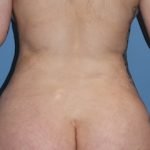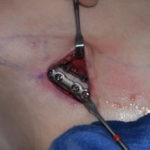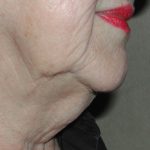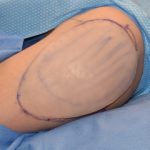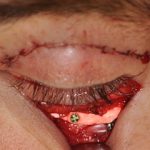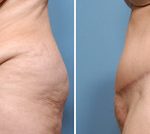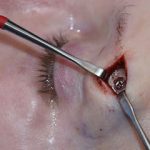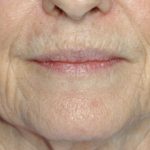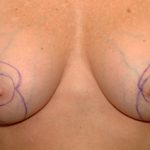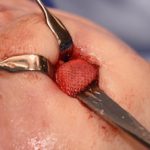The Five Essential Steps in Sliding Genioplasty Surgery
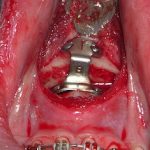
The sliding genioplasty is a well known surgical procedure to change the position and shape of the chin. It is used for a variety of anesthetic chin issues from horizontal recession, vertical excess and deficiencies and asymmetries. It is done from an intraoral approach and cuts and releases the chin bone (mandibular symphysis) from below Read More…

